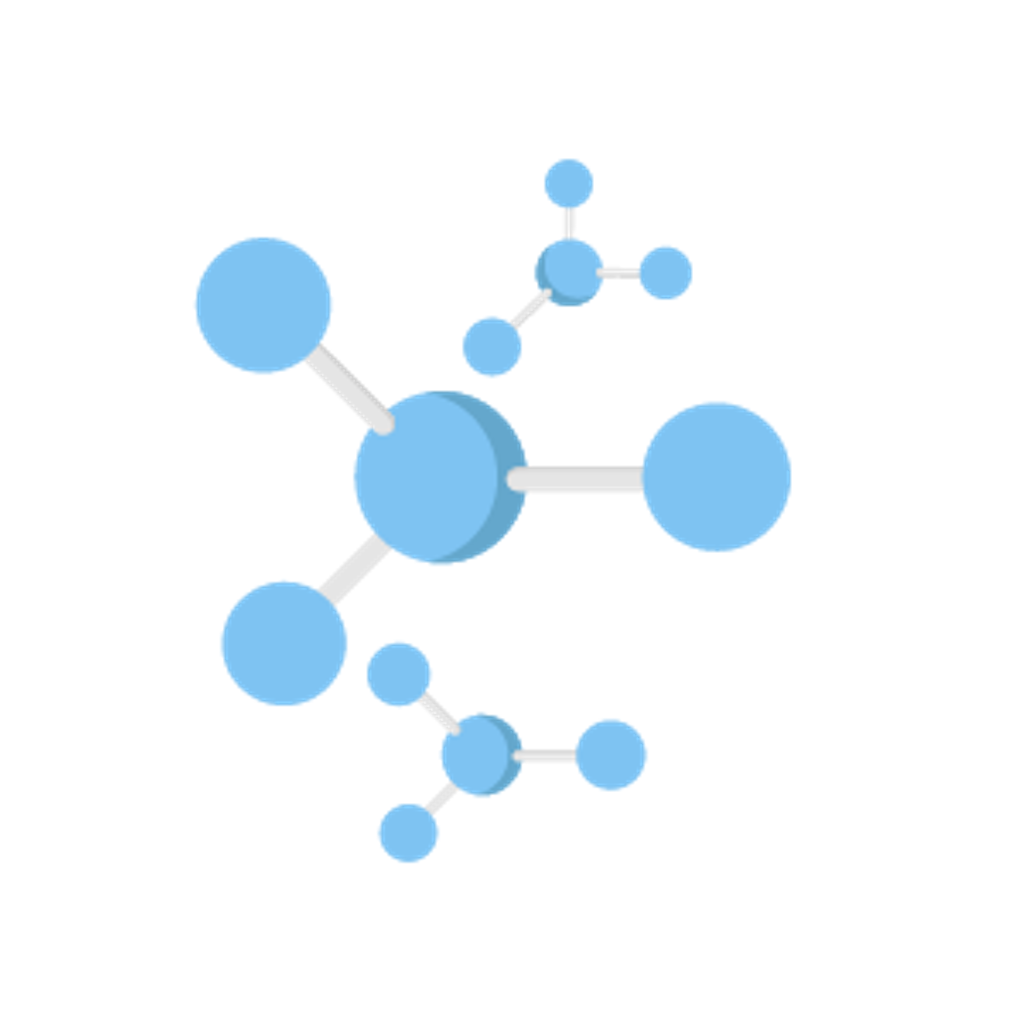Fibrinogen from bovine plasma
Cat No.: CS9010
Storage Temperature-20°C
Product Description CASNumber: 9001-32-5
Synonym: Factor I Fibrinogen is a blood protein that is involved in clotting and is converted to fibrin by thrombin. Fibrinogen has an approximate molecular weight of 340 kDa. It consists of three non-identical pairs of disulfidebonded chains.1-5 The a-chain has an approximate molecular weight of 63.5 kDa, the b-chain 56 kDa, and the g-chain 47 kDa. At the amino termini, the three chains are connected in a dimeric disulfide knot (DSK). A second DSK occurs later in the molecule. Fibrinogen has approximately 4% carbohydrate content. Since fibrinogen is very similar among species, correspondingly similar characteristics would be expected for bovine, cat, dog, guinea pig, human, sheep, mouse, and rat fibrinogens. In general, fibrinogen from any mammalian source will cross-react with thrombin from any mammalian source. When any mammalian thrombin is injected into a different mammal, clotting will occur. Precautions and Disclaimer For Laboratory Use Only. Not for drug, household or other uses. Preparation Instructions The optimal way to solubilize fibrinogen is to layer it on top of warm (37 °C) saline; fibrinogen will not dissolve in water. The saline concentration can be in the range of 0.85-0.9%. The fibrinogen-saline solution can be gently agitated, but it must not be vortexed. The fibrinogen will slowly dissolve to give a hazy solution. Fibrinogen may be sterile-filtered, but may not go through a 0.1 mmfilter; a 0.2 mm filter is suggested, with positive pressure using a syringe and "button" filter. Vacuum filtration should not be used, since this will lead to breakdown of the molecule during the filtration. Storage/Stability After sterile filtration, stock solutions of fibrinogen at 2.5 mg/ml may be stored refrigerated for approximately 1 week. Procedure A10mg/ml fibrinogen solution in 0.9% NaCl can be prepared for clotting in the presence of thrombin. Neither deionized water nor Tyrode's buffer (containing calcium) is recommended as a solvent, since eventual precipitation of the fibrinogen solution may be observed. A 5 ml aliquot of the fibrinogen solution (10 mg/ml in saline) can be added to 0.5 ml of a 50 unit/ml solution of thrombin in saline. The solution is incubated at 37 °C from 30 minutes to 3 hours, but clot formation may be visible after 5 minutes. Using 1 unit of thrombin per ml of solution will lead to clot formation, but over a longer period of time
注意事项:仅用于科学研究或者工业应用等非医疗目的,不可用于人类或动物的临床诊断或治疗,非药用,非食用(产品信息以出库为准)。
